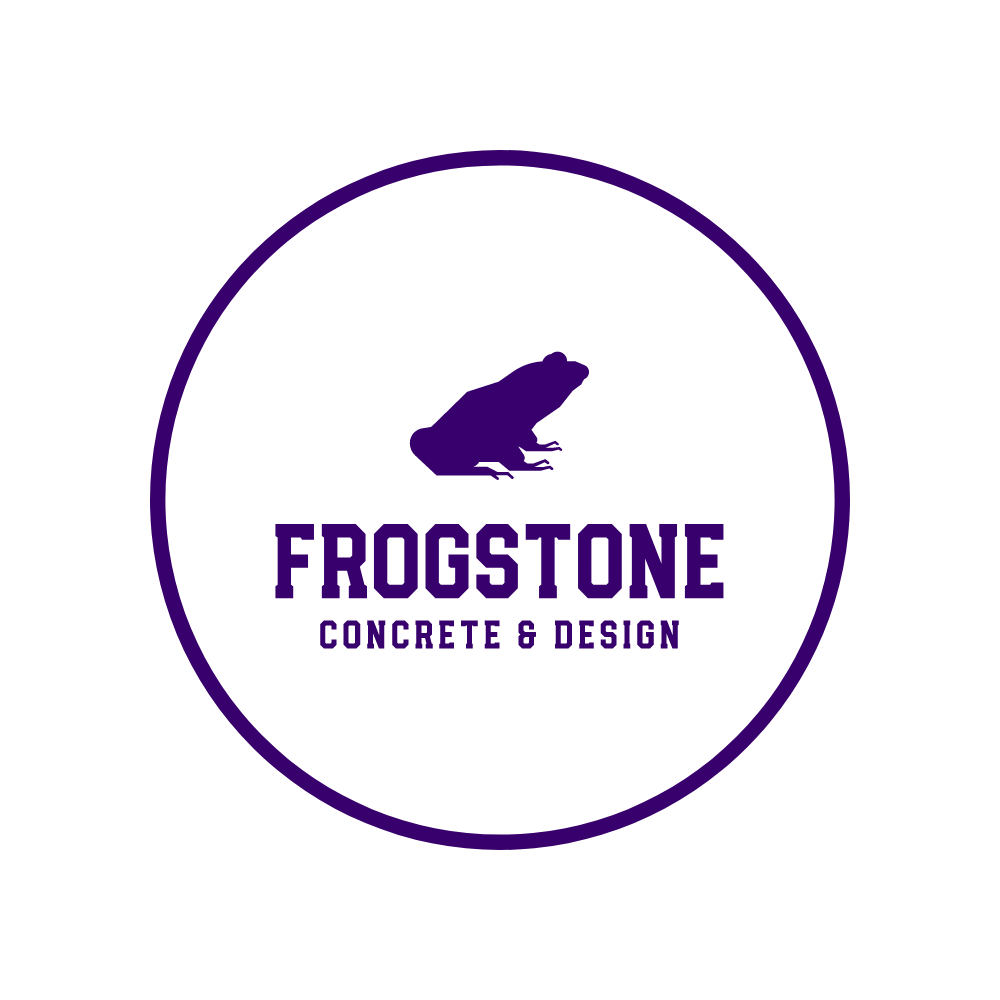
What are the advantages of choosing Concrete?
- Concrete is a cost-effective, resilient material that can last decades when installed professionally and maintained.
- Low maintenance - requires occasional cleaning and sealing.
- Versatile - It can be molded into a variety of forms and sizes providing creative possibilities.
- Enhance it with aesthetic options for curb appeal.
- Can increase your property's value.
Disadvantages of Concrete
- Cracking: Concrete is susceptible to cracks, especially if it is not properly reinforced or is subjected to temperature variations, shrinkage, or soil settlement. What should I do if I realize my concrete is cracking?
Cracking is nearly unavoidable on most concrete surfaces. Concrete is a naturally thick substance and when it hardens, the increased pressure will over time cause a fracture. If you find a fracture of any size in your concrete, seek assistance from our experts. Our concrete experts will be able to repair the existing concrete or identify areas for replacement.
Concrete Crack Prevention
What can you do to protect your Concrete?
- Avoid Overloading: Prevent overloading of freshly placed concrete, especially during its early stages of curing. Excessive loads can cause localized stress concentrations and lead to cracking.
- Regular Maintenance: Implement a regular inspection and maintenance program to identify and address any cracks that may develop over time. Prompt repair of cracks can prevent them from worsening and ensure the structural integrity of concrete.

